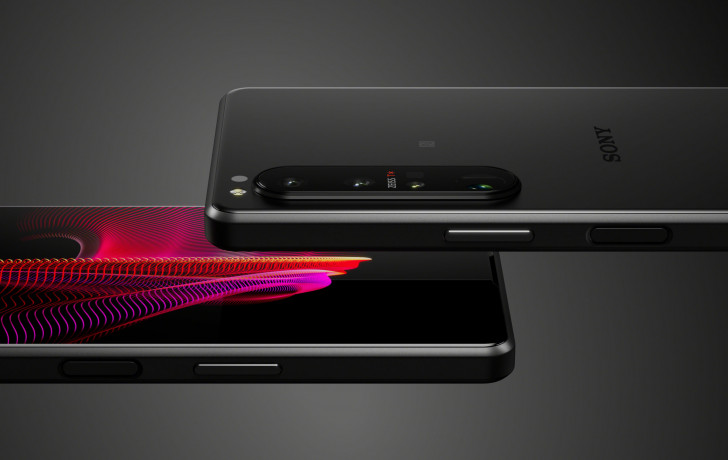Along with its most powerful mobile to date, two models also focused on photography and the cinematographic experience
Sony today announced three new mobile phones: Xperia 1 III, Xperia 5 III and Xperia 10 III, all difficult names to remember but with very particular characteristics that make them unique in the current scenario.
The most powerful of the three is the Xperia 1 III, which has a 6.5-inch OLED screen, in 21: 9 format, with 4K resolution, a refresh rate of 120hz to make interaction with the menus more fluid and a calibration especially for watching HDR cinema. It is the first phone in the world to get those 4K / 120hz that are more typical of high-end televisions than a mobile phone.
For its part, the Xperia 5 III also offers those 120hz on an OLED screen, but without reaching 4K. It maintains the 21: 9 format, but with a 6.1-inch screen.
Alongside these exceptional features, both feature a 4,500mAh battery, 5G connectivity, Snapdragon 888 processor, various advanced sound reproduction standards (360 Reality Audio, DSEE Ultimate, to name a few), and a capable ‘Cinematography Pro’ mode. to make video in 4K and 120hz with parts in slow motion.
They also have a ‘Photography Pro’ mode to take photographs in manual mode with greater control over the sensors of the phone, to which we must add new technology so that the automatic focus (AF) is more precise and constant and also the first sensor adaptive telephoto lens (Dual PD). Another unique feature of the Xperia is the option to use different focal lengths to frame differently.
Finally, there is the Xperia 10 III, the most humble of the three: Snapdragon 690 processor, 5G connectivity, 4,5000mAh battery, 6-inch OLED screen with FHD + resolution and 21: 9 elongated format, dust and water resistance IP68 and ability to play HDR content. Its cameras feature several innovations, such as pet detection or an advanced mode for low-light photography, as well as extra lenses for panoramic photos and a telephoto lens.
There is no fixed price yet for any of the three terminals, but its launch is scheduled for early summer.





